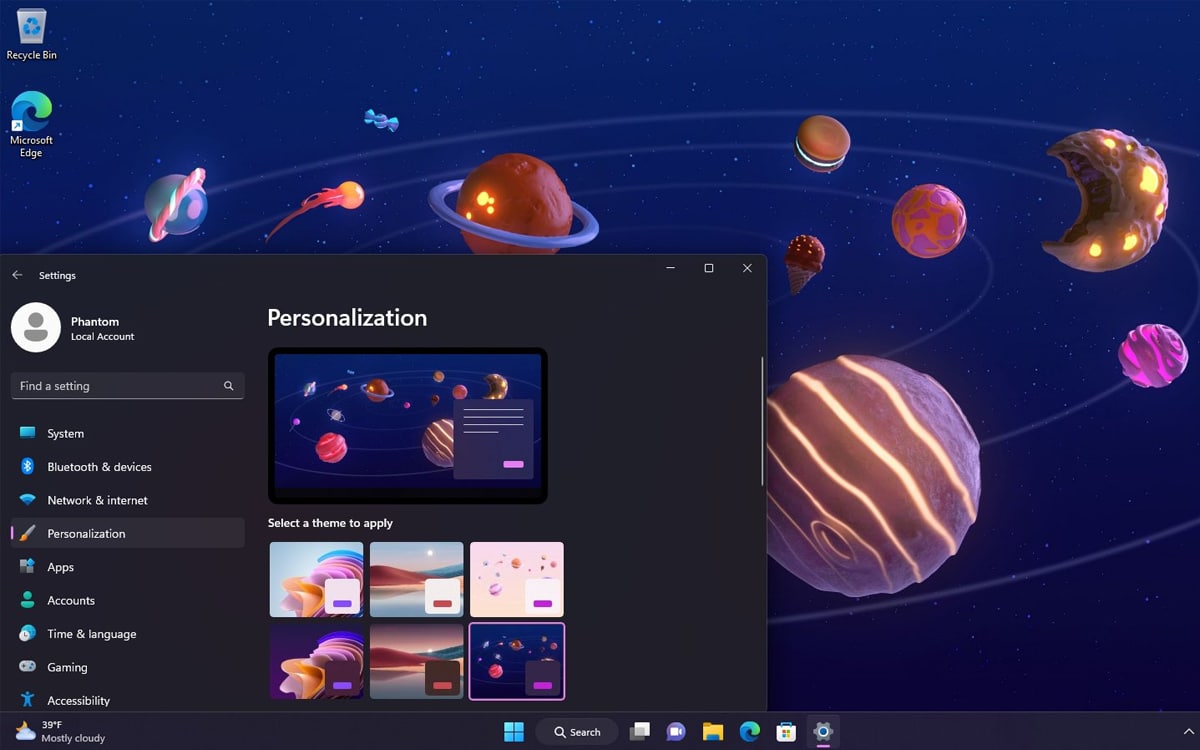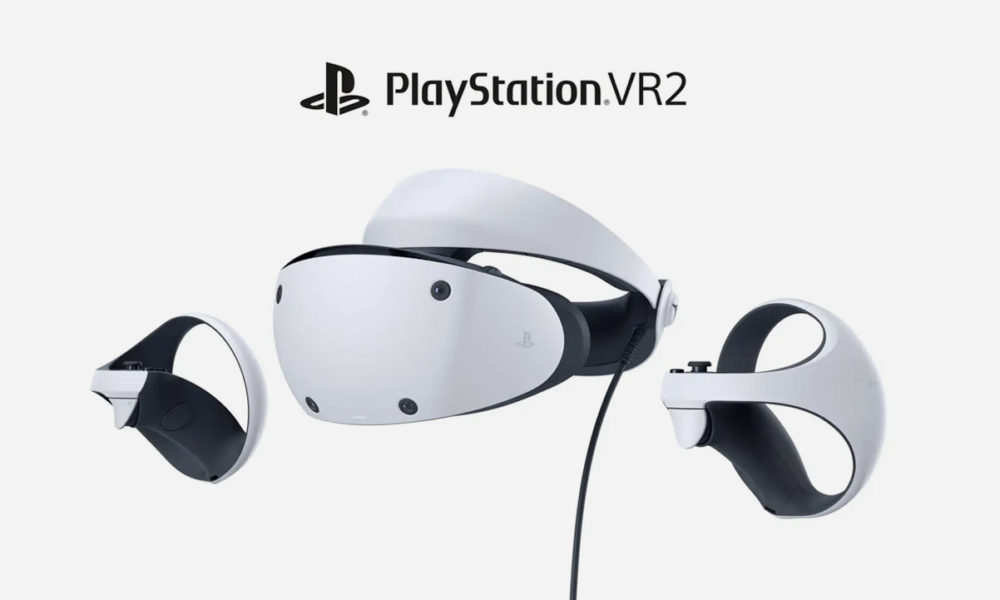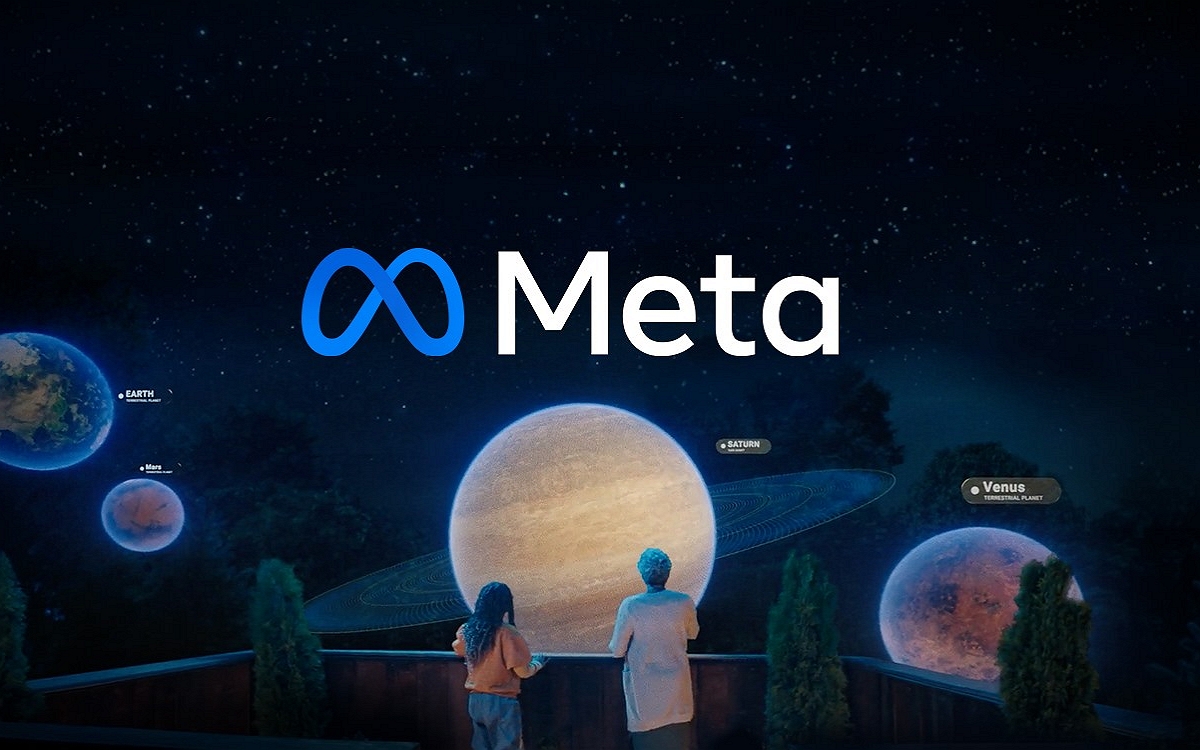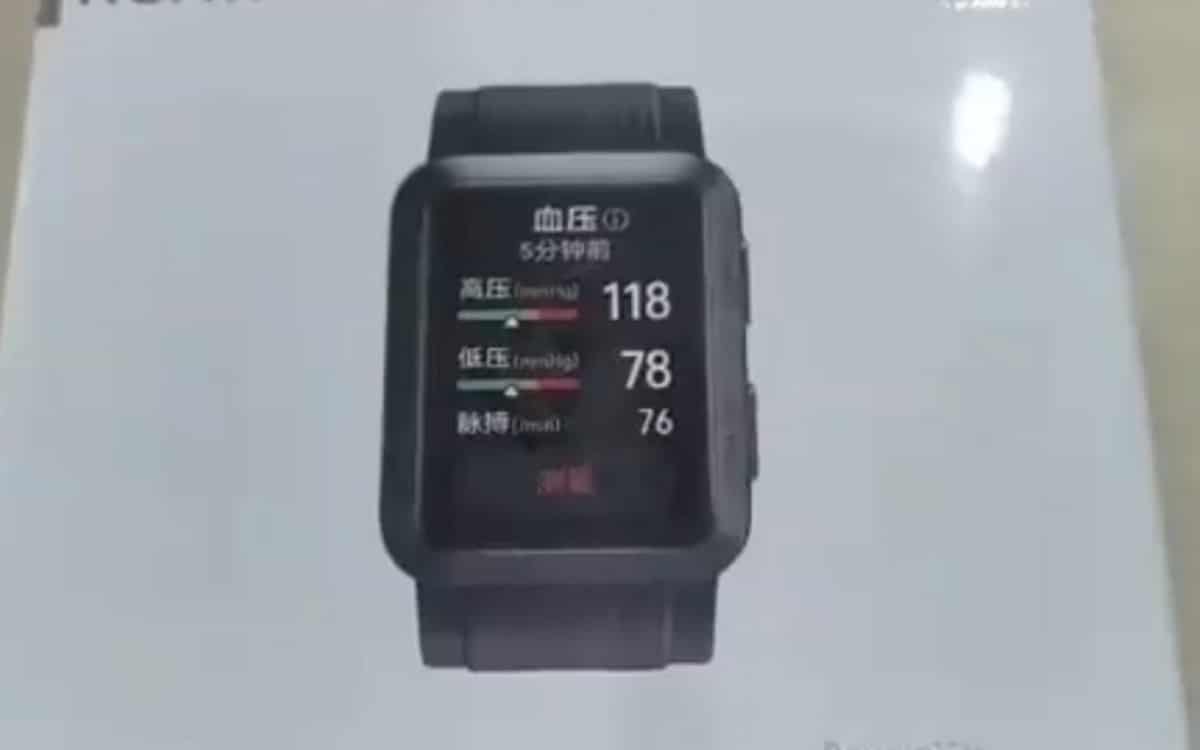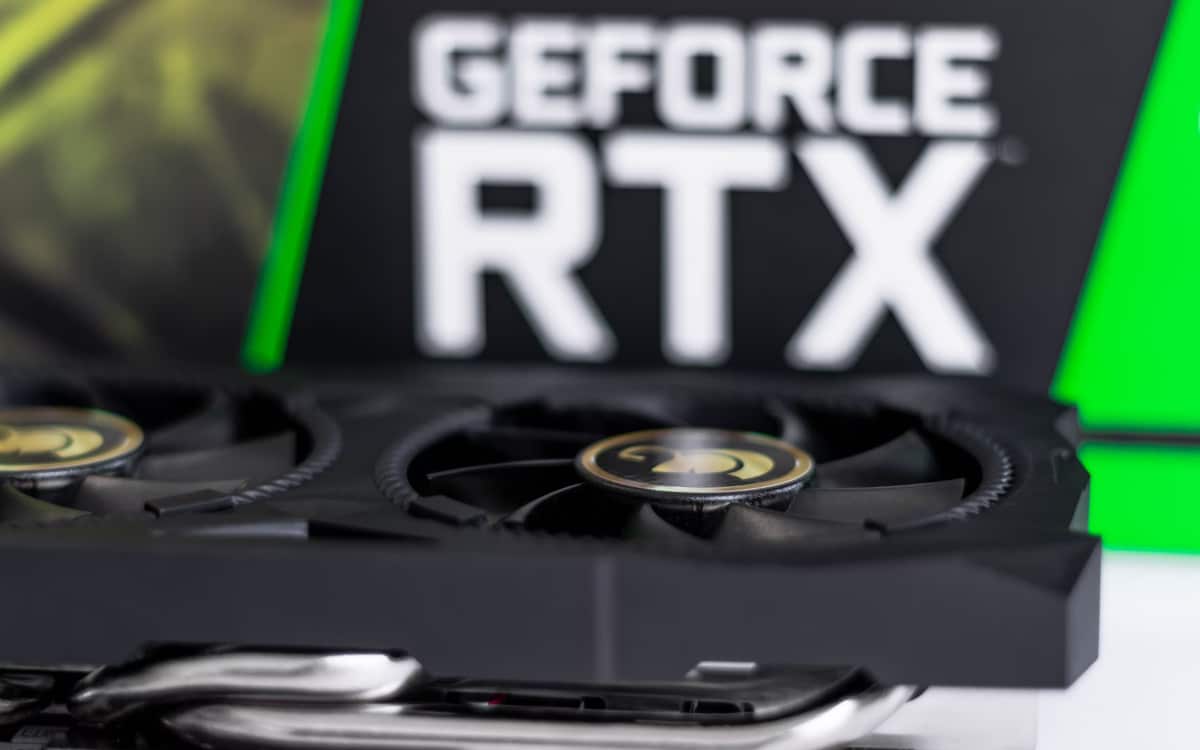
Mining software company NiceHash today released a new program capable of completely unlocking Nvidia’s LHR (light hashrate) mining limiter on certain graphics cards, unleashing their full power when mining cryptocurrencies.
NiceHash has announced that its software can now bypass the mining limiter that Nvidia put on the LHR versions of its Ampere line, restoring full mining performance to most GPUs. As a reminder, this restriction is imposed on all GeForce RTX 3000 GPUs except the RTX 3090. It halves their Ethereum hash rate, which significantly decreases the efficiency of graphics cards for mining, and therefore cryptominers’ income.
It’s not not the first time hackers have attempted to circumvent LHR restrictions. Updates to NBMiner, QuickMiner and T-Rex had allowed crypto miners to make decent profits with RTX 3000 series graphics cards, as they already made it possible to obtain between 70% and 80% of the performance. Now cards can run at full power thanks to NiceHash. Fortunately, this software only works on Windows operating system and only supports the DaggerHashimoto algorithm (Etash)limiting its impact on the GPU market.
Also read: They hack Nvidia and require all graphics cards to be able to mine cryptocurrencies
Miners Could Steal GPU Stock Made For Miners, But That Won’t Last
The GeForce RTX 3080 Ti is now capable of reaching hash rates of 120 MH/s with a TGP of 281 W, a considerable increase from the previous 80-85 MH/s. However, according to several miners, this still limits profits to just $3.5 per day per GPU. The RTX 3070 Ti and the LHR versions of the RTX 3060 Ti and RTX 3060 also saw their hash rate increase significantly thanks to NiceHash.
It’s been a few weeks since gamers have been able to take advantage of large stocks of RTX 3000 and RX 6000 graphics cards at discounted prices, but this new software NiceHash could send prices back up again. This would therefore be a real blow for many players who have been waiting for a card for several years now.
However, it should be remembered that the RTX 3050 and RTX 3080 12GB cannot be unlocked using this new software, as they use a newer LHRv3 algorithm to limit mining performance. Nvidia could therefore deploy these drivers more widely on its other cards if it wants to limit the impact of the new software capable of unlocking GPUs.
Ethereum Could End Graphics Card Shortages Soon
The arrival of software to unlock graphics cards might not be such bad news as it looks. In fact, cryptocurrency Ethereum is expected to replace its Proof-of-Work (PoW) algorithm with a Proof-of-Stake (PoS) algorithm soonwhich will render computer components virtually useless for those mining Ethereum.
Indeed, in PoW systems, verifying transactions and adding new blocks is done using large amounts of computing power. Every person in the world with an internet-connected cryptocurrency mining rig constantly performs calculations that decrypt the hash functions associated with each transaction, verifying the blockchain and allowing the transaction to take place while keeping it secure. .
However, with the new PoS algorithm, users will be able to validate transactions and produce new blocks by staking or locking Ether. The Proof Of Stake method relies on using the Ethereum owners network to decrypt the block of each transaction. The more tokens a person has, the greater the mining power assigned to them. The PoS system also has a number of advantages over the PoW system, such as better energy efficiency, lower entry barriers, lower hardware requirements or even stronger anti-centralization immunity.
With the Proof Of Stake system, some estimate that Ethereum will become around 2000 times more energy efficient (with a reduction in power needed of around 99.95%). It will therefore be necessary much less miners for the Proof Of Stake system to work, and therefore much less graphics cards.

